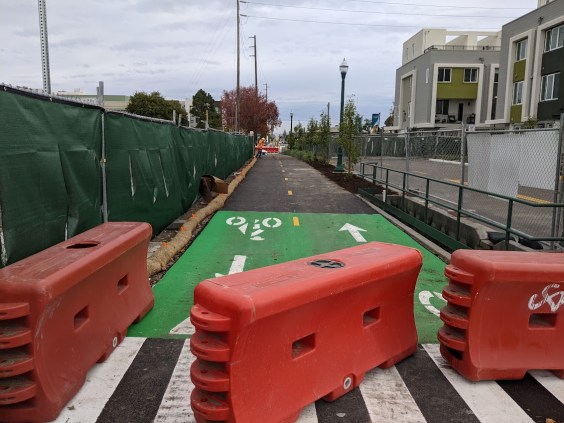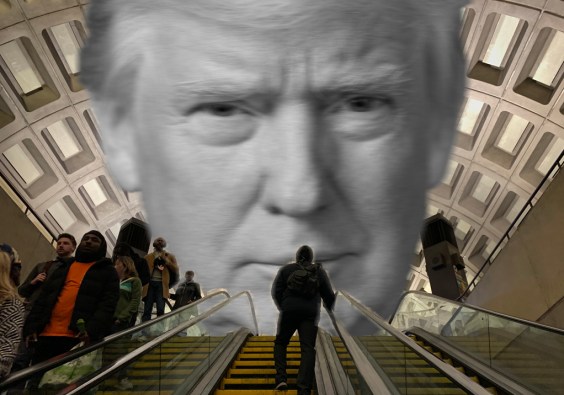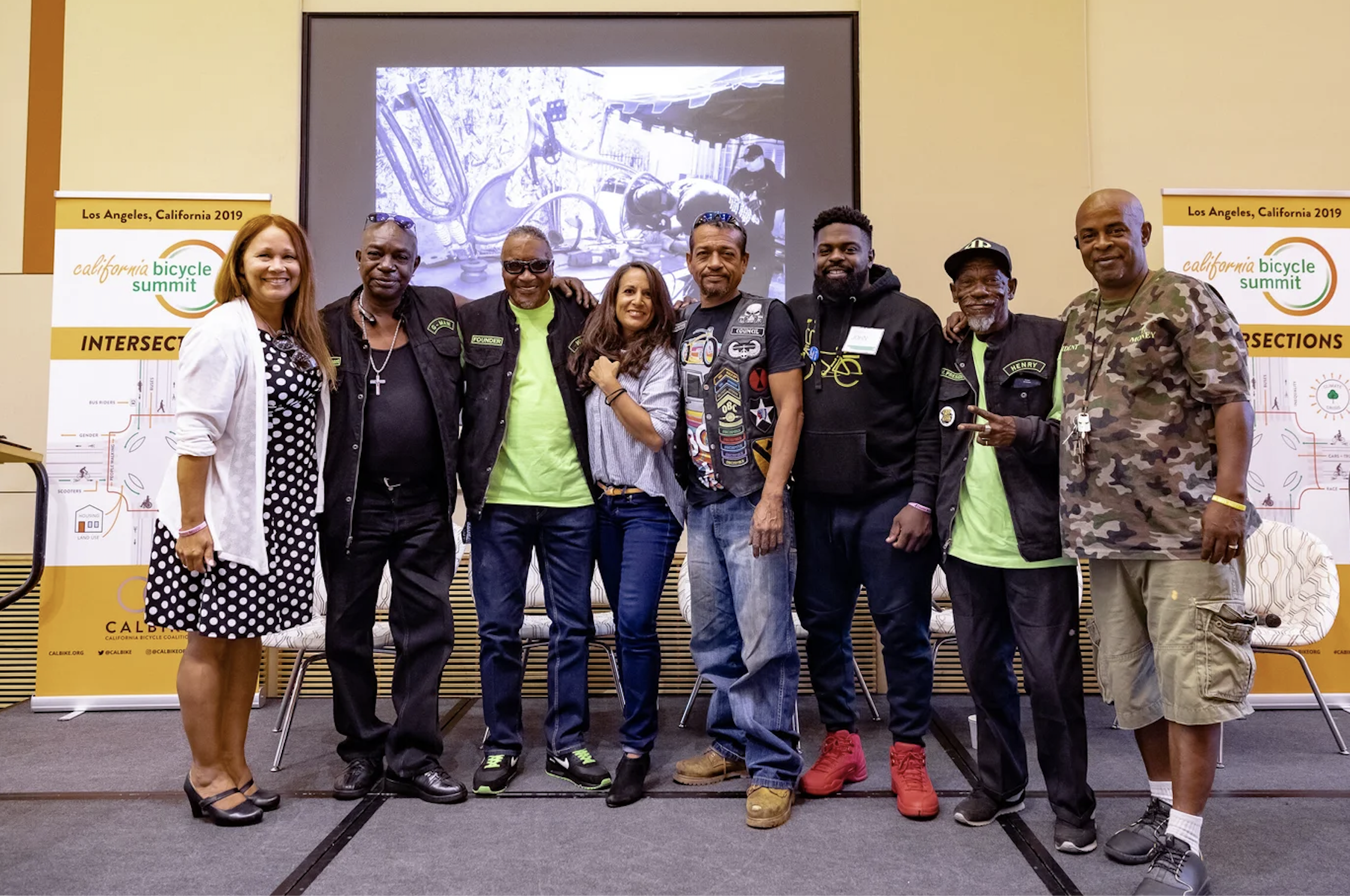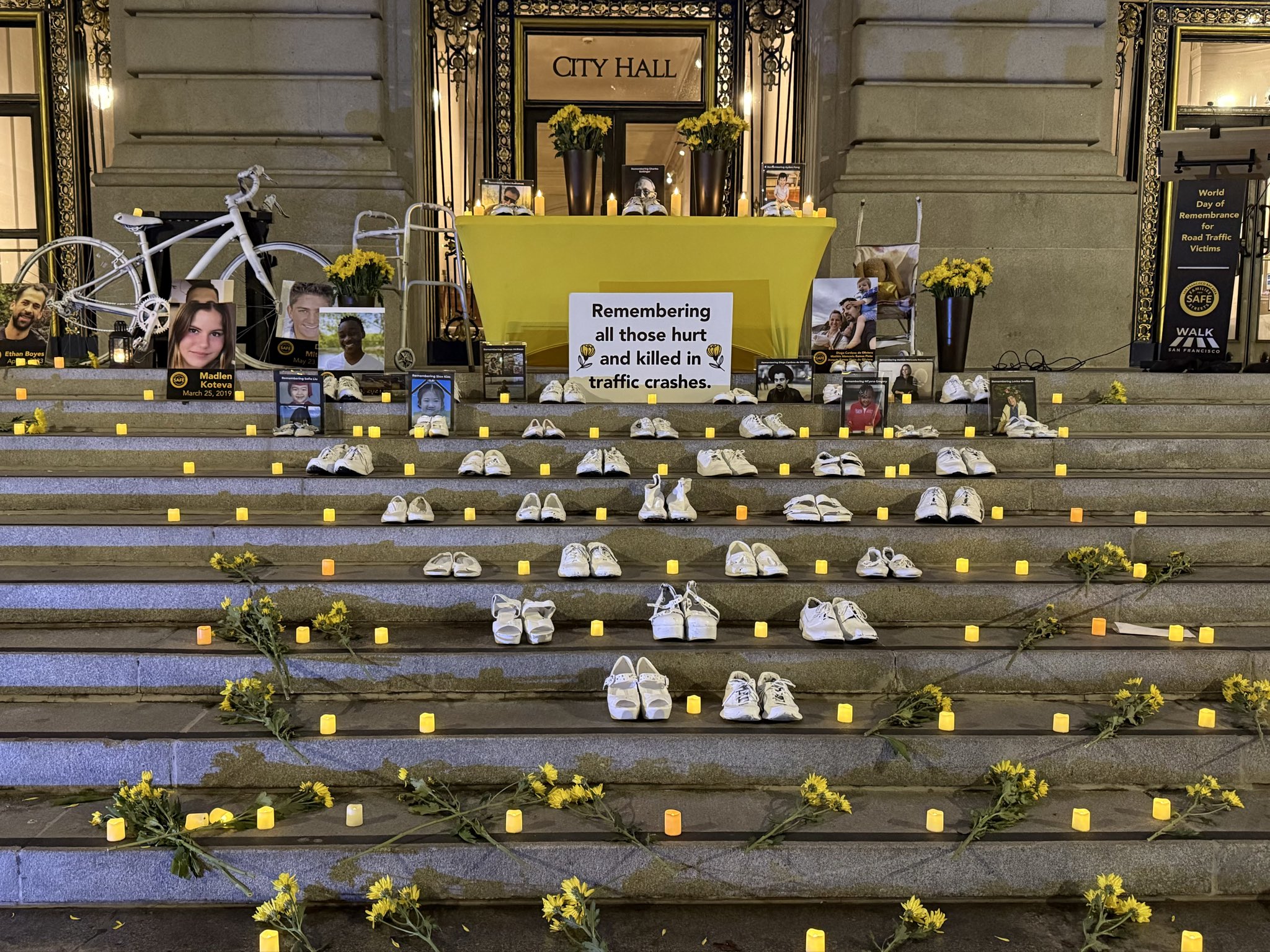When St. Louis decided not to maintain colorful new crosswalks that residents had painted, the city's pedestrian coordinator cited federal guidance. A 2011 FHWA memo warns that colorful designs could "create a false sense of security" for pedestrians and motorists.

That may sound like unremarkable bureaucrat-speak, but the phrase "false sense of security" is actually a cornerstone of American engineering guidance on pedestrian safety.
You'll find the words "false sense of security" in Washington state DOT's crosswalk guidelines too. The city of Stockton, California, makes the same claim. The list goes on.
What gives? Well, you can trace this phrase -- and the basis of some engineers' reluctance to stripe crosswalks -- to one very influential but seriously flawed study from the 1970s.
In 1972, a researcher named Bruce Herms conducted a study of crosswalk safety in San Diego. He found that intersections with marked crosswalks had higher injury rates than ones with unmarked crosswalks. He concluded that marked crosswalks should only be installed where they are "warranted" because they can give pedestrians a "false sense of security," encouraging risky behavior.
But there were problems with the study. For one, Herms didn't actually study why people made certain decisions at crosswalks -- that "false sense of security" was just speculation on his part.
Since the Herms study, other studies have refuted his conclusions, including work produced by the FHWA. Nevertheless, the influence of his research from more than 40 years ago persists. As backward as it seems, engineers still refuse to install crosswalks on the grounds that it would harm pedestrian safety. Just a few years ago, for instance, the "false sense of security" argument was deployed to shoot down requests for midblock crossings in Los Angeles.
Bill Schultheiss, an engineer with the Toole Design Group and member of the bike and pedestrian committee of the National Committee on Uniform Traffic Control Devises, is critical of the Herms study.
"When I first came into engineering, I heard a lot about this idea of pedestrians having a false sense of security when in marked crosswalks," he said. "And I just believed it."
But then Schultheiss ordered a print copy of the study to review it.
"I think it was biased," he said, like much of the older regulations. "I don’t know was it him or just the culture at the time."
"His conclusions were terrible."
For example, Herms found that of the pedestrians who were struck, most were hit in the middle or near the end of the crosswalk, not at the beginning. This is a pattern that suggests motorists are failing to yield to people who have already established themselves in the crosswalk, not that people are stepping off the curb inattentively.
"If you make it three quarters of the way across the street, you expect cars to stop," Schultheiss said. "That’s the law."
Despite the absence of evidence to back it up, the idea that crosswalks encourage pedestrians to engage in risky behavior continues to enjoy credence in the engineering profession. Official memos like FHWA's 2011 guidance on crosswalk art repeat and endorse the idea, squashing grassroots street safety efforts.





